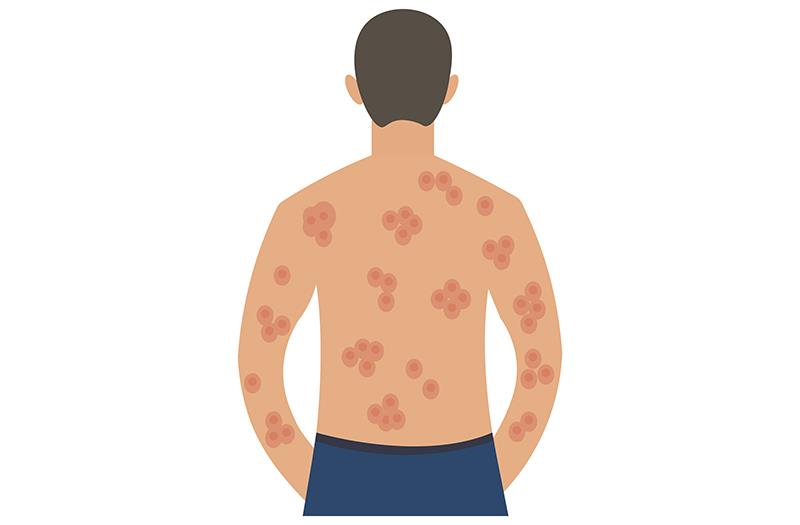Hidradenitis suppurativa less likely to occur among ex-smokers





Quitting smoking and maintaining a smoke-free status help prevent hidradenitis suppurativa (HS) when compared with continuous smoking, according to a large study.
Analysis of data from the Korean National Health Insurance Service database showed that the risk of incident HS was between 32-percent and 43-percent lower among participants who smoked initially but quit by the second checkup (smoking quitters: adjusted hazard ratio [AHR], 0.68, 95 percent confidence interval CI, 0.56–0.83), among those who maintained cessation status throughout (sustained quitters: AHR, 0.67, 95 percent CI, 0.57–0.77), and among those who reported never smoking at either checkup (never smokers: AHR, 0.57, 95 percent CI, 0.52–0.63) relative to participants who consistently reported active smoking at both checkups (sustained smokers). [JAMA Dermatol 2024;doi:10.1001/jamadermatol.2024.2613]
In an analysis that factored in time-smoking interaction, the cumulative incidence and the risk of HS were initially comparable between smoking quitters and sustained smokers. However, 3 to 4 years after smoking cessation, the risk decreased and resembled that seen among never smokers (between 3 and 6 years from the index smoking cessation date: AHR, 0.58, 95 percent CI, 0.36–0.92; ≥12 years from the index date: AHR, 0.70, 95 percent CI, 0.50–0.97).
Meanwhile, the HS risk among new smokers initially paralleled that seen among never smokers, but the risk increased steeply after 2 to 3 years, reaching that observed among sustained smokers.
A total of 6,230,189 adults (mean age 47.2 years, 55.6 percent male) who underwent biennial health checkups consecutively from 2004 to 2005 and from 2006 to 2007 in South Korea were included in the analysis. There were 3,761 incident cases of HS documented over 84,457,025 person-years of observation.
“To our knowledge, this is the first study to investigate the associations of changes in smoking habits with the subsequent development of HS,” filling a crucial gap in the literature by demonstrating the association in an Asian population, the investigators said. This is especially important given the relatively few studies on this topic in Asia, likely due to the perceived lower prevalence of smoking among HS patients in this region compared with that reported in Western countries.
“An interesting point is that the HS risk-reduction effect observed in smoking quitters was as remarkable as the HS risk reduction observed in sustained ex-smokers. This suggests that smoking may have a fairly acute effect on HS pathogenesis, highlighting the importance of quitting smoking as quickly as possible … and maintain[ing] a smoke-free lifestyle as a preventive measure,” they continued.
Multiple studies have linked smoking to the development of HS through the activation of various cell types and promotion of inflammation. Chemicals in cigarette smoke, such as nicotine and dioxins, may trigger the production of proinflammatory cytokines, leading to changes in the skin microbiome and the immune response. These changes, in turn, contribute to the development and progression of HS. [Trends Immunol 2009;30:447-454; J Immunol 2014;193:3134-3145; J Invest Dermatol 2012;132:59-68; Life Sci 2007;80:2214-2220]
According to the investigators, their research may assist physicians in educating patients about preventing skin diseases, particularly focusing on the benefits of abstinence and smoking cessation.